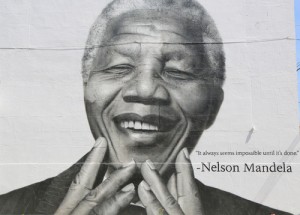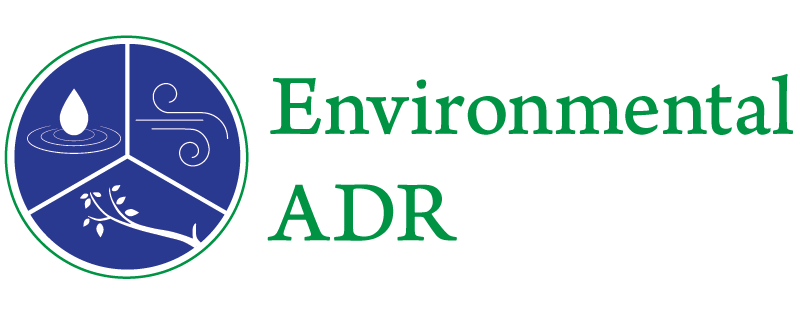 The title of this blog post is a quote from Nelson Mandela who cycled through the entire spectrum of dispute resolution tactics as leader of both peaceful protests and armed resistance against the white minority’s oppressive regime in a racially divided South Africa. He spent nearly three decades in prison for his convictions. In the end, he decided that talking to one’s adversary is the most powerful tool to resolve conflict. His comment was made with respect to resolving the most significant of societal issues, such as upholding human rights, and choosing between war and peace. But I believe it applies to more mundane concerns that are the subject of most lawsuits and other legal conflict as well.
The title of this blog post is a quote from Nelson Mandela who cycled through the entire spectrum of dispute resolution tactics as leader of both peaceful protests and armed resistance against the white minority’s oppressive regime in a racially divided South Africa. He spent nearly three decades in prison for his convictions. In the end, he decided that talking to one’s adversary is the most powerful tool to resolve conflict. His comment was made with respect to resolving the most significant of societal issues, such as upholding human rights, and choosing between war and peace. But I believe it applies to more mundane concerns that are the subject of most lawsuits and other legal conflict as well.
Parties in litigation “communicate” but they don’t “talk” to each other in the manner alluded to in Mandela’s comment. They communicate as permitted by strict court rules of evidence and procedure. Facts and legal arguments are presented in discovery, motion practice and at trial. “Improper” questions are objected to and not answered. “Improper” answers are “stricken.” At pre-identified points along the road to judgment, the parties ask the judge or jury for a decision that ends the case in their favor. Communications, therefore, occur only as permitted by rigid court rules that limit the manner, form and content of the questions asked and the answers given. Even when the lawyers communicate privately, it may only be to argue about whether discovery requests were properly responded to or to schedule remaining pre-trial activities.
This is not resolution talk. This is litigation talk aimed at winning or defeating your opponents. [Read more…]


